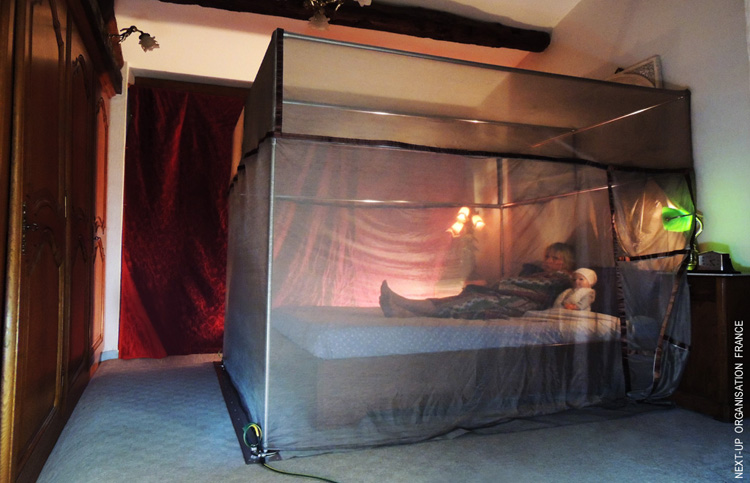A Faraday cage is surely an enclosure made to measure electromagnetic fields. They can be made from webbing or a continuous covering of conductive materials. Faraday cages were named after the scientist Michael Faraday, who developed them in 1836. There are several applications for the Faraday cage. Read in to learn considerably more. You will also learn how to use one safely. This article will also discuss the materials needed to make Faraday parrot cages and safety considerations.
Applications related to faraday cages
Faraday cages certainly are a sort of enclosure that will protects electronic products from electromagnetic job areas. They are particularly useful for protecting sensitive devices such as stereo frequency-sensitive testing equipment. Faraday cages are also useful for protecting fragile resources in the operating room. They can be used in a variety of applications, including labs and industrial shops, as well as the military. They also ban radio waves and microwaves. Although what exactly is usually a faraday parrot cage and why would likely you want to use one?
Initial of all, a new Faraday cage has to be made of some sort of conductive material that will will allow cost-free electrons to proceed around. Such material can easily be relatively thin, but it need to be thick enough to avoid the particular "skin effect, inches which causes electric powered currents to move on the outermost layer of some sort of conductor. Because it absorbs more electric powered energy, a conductive material should be thicker than the skin's outermost layer.
Faraday galetas can be used for more than just eavesdropping. They can also be used as shields in sensitive matters such as meetings with politicians. Although they are not 100% reliable, they can still be useful in many cases. Decorations will be protected from electromagnetic radiation by using a thick conductor and conductive mesh. Mesh-type Faraday cages will in addition shield interiors by radiation as very long as the fine mesh holes are less space-consuming than the wavelength in the radiation.
faraday cage examples used to create a faraday cage for parrots
These are the steps to build your Faraday cage. Faraday cages are a great way to safeguard your laptop computer, keyless car, and cell phone. The particular materials needed are relatively inexpensive in addition to easily available. The particular conductive material will be aluminum foil, heavy duty aluminium foil, or plastic-type wrap. The metal mesh should get sized to suit the particular trash can.
Light weight aluminum is a good material to use because it is definitely strong and is high in conductivity. However, what is a faraday cage used for may rust over period and does certainly not solder well. Some other features to think about when designing a new Faraday cage include thickness, corrosion resistance, and frequency forestalling. Choose a material that is easily moldable into a cage. Although Faraday cage materials can vary greatly, there are certain key characteristics that may be essential for any Faraday dog cage.
A Faraday cage can be made from any metal, woven with conductive material or anything in between. When a good object is put within of a Faraday cage, it will be protected against NA radiation by occurrence of free bad particals in the conductive material. This provides excellent protection for emergency consumer electronics such as cellphones and laptops. This cage is a useful tool in the preparedness arsenal because it provides protection against an EMP attack.
Security considerations for using a faraday cage
Before you begin building your Faraday crate there are a few things you should consider. First, an individual should consider typically the size of the box. Conductivity is more important the larger the box. You should also ensure that the fabric can hold the apparatus you are using. A good sheet metal box is recommended, but a cardboard box with aluminum evade suffices.
Another important safety concern when using a Faraday box is the possibility of electromagnetic fields interfering with sensitive electronic devices. Even if the EMP did not necessarily disrupt your laptop or computer, radio stations waves could possibly be rerouted to the wrong place and worn out. A Faraday parrot cage could protect an individual from unauthorized gain access to, allowing you to safely perform a new diagnostic procedure in a safe environment. You can also make one to protect and guard electric equipment.
A Faraday cage doesn't block all electromagnetic field, as mentioned previously. Additionally , that can't block permanent magnet fields that vary slowly. However, the compass will still work inside the crate. faraday cage example can protect the interior of a room from electromagnetic radiation but it cannot completely block them all. Some RF waves could pass through it, depending on frequency and range. HF RFID, for instance , is likely to break up with the cage.

